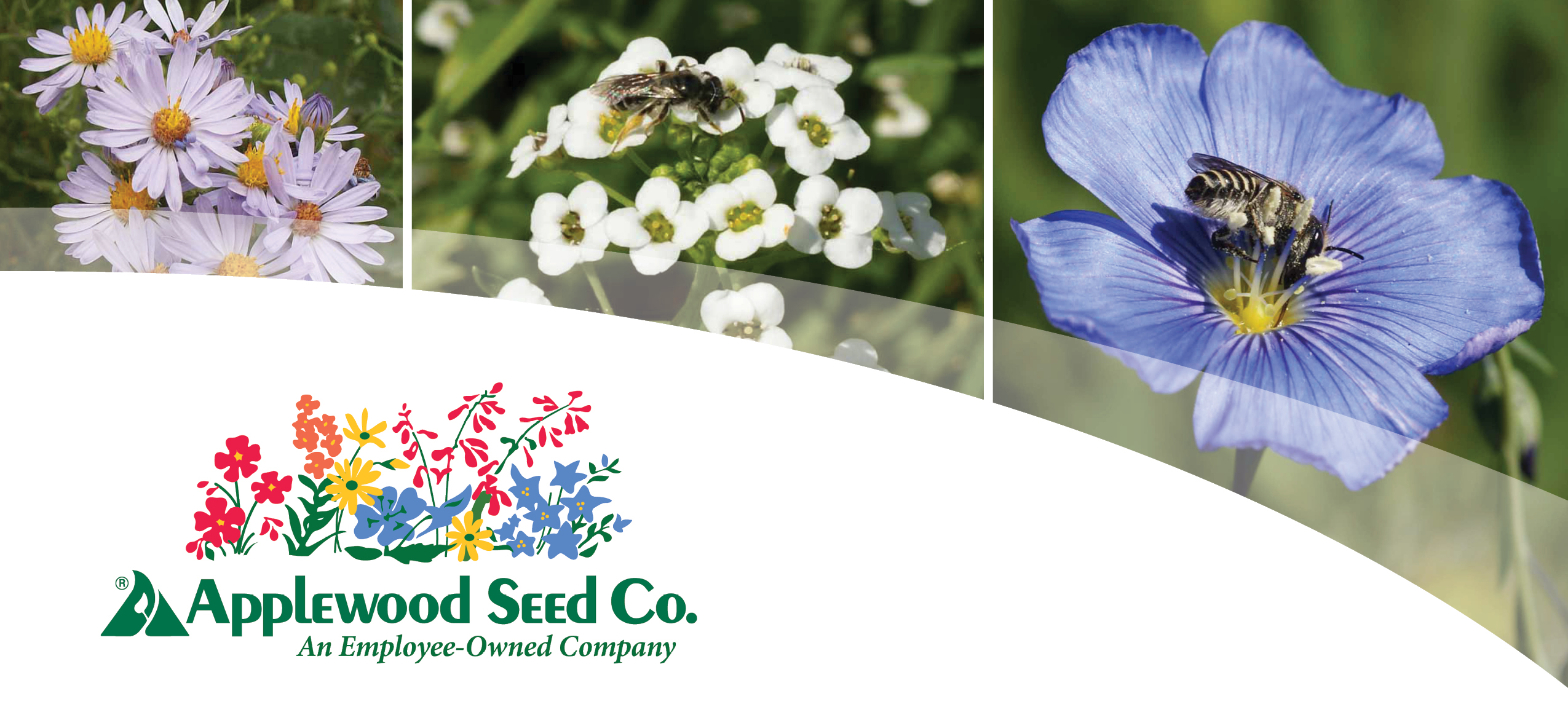
Wildflowers: Benefiting Agricultural Operations and Local Ecosystems
How wildflowers can be incorporated into a variety of conservation practices
Wildflowers inspire the oohs and aahs of spring and summer with their vibrant colors and sweet fragrances. But they’re more than just beautiful. They provide many benefits to the world around us.
Wildflowers are native to where they grow, meaning they’re conditioned to thrive there. They require less water and fertilizer, are less prone to disease and are more tolerant to pests. They also provide critical habitat for pollinators, beneficial insects and wildlife, which is important for ecosystem function and pollination. Wildflowers can improve soil health, prevent erosion, improve water quality, increase yields and enhance forage conditions for livestock.
Unfortunately, many wildflower species have been lost to development and the spread of invasive plants.
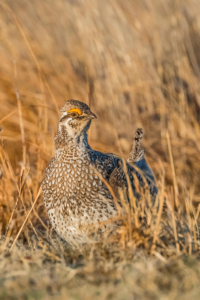
Male sharp-tailed Grouse, Tympanuchus phasianellus, dancing on a lek in the mixed grass prairie in Nebraska National Forest
That’s why NRCS helps agricultural producers integrate wildflowers onto their working lands through a variety of conservation practices, such as cover crops, field borders and prescribed grazing.
On croplands, field borders along with wildflowers can provide seeds, insects, and other food for wildlife, such as bobwhite quail, pheasant and cottontail rabbits.
Through prescribed grazing and conservation cover, ranchers can manage pastures for high biodiversity, which yields a variety of wildflowers and grasses that are good for forage, pollinators and wildlife.
On grasslands, wildflowers can help boost crop yields, add natural proteins to the diets of livestock, provide erosion control on cropland, help manage and filter stormwater, create groundwater filtration systems and reduce the impacts of drought.
And in forests, practices like prescribed burning and forest stand improvement that aim to improve forest health often lead to new wildflowers sprouting in the understory.
Farmers, ranchers and forest landowners can add wildflowers to their operations through several Farm Bill programs, including the Environmental Quality Incentives Program (EQIP) and Conservation Stewardship Program (CSP).
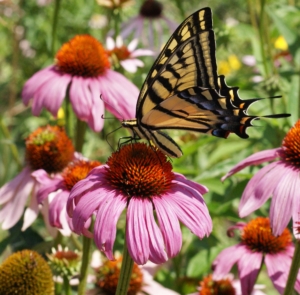
A Swallowtail Butterfly Feeding on Purple Coneflower
About 35 percent of the world’s food crops depend on pollinators to reproduce. Studies show that native wildflowers are four times more attractive to pollinators than non-native wildflowers.
If you need help selecting which native wildflowers to plant, check out information available from the NRCS’ PLANTS database. You’ll discover which native wildflowers are best to meet your land’s needs.
Remember, healthy and colorful wildflowers not only provide natural beauty to our landscapes, they benefit the environment, wildlife and you.
Previously posted on Natural Resources Conservation Service.
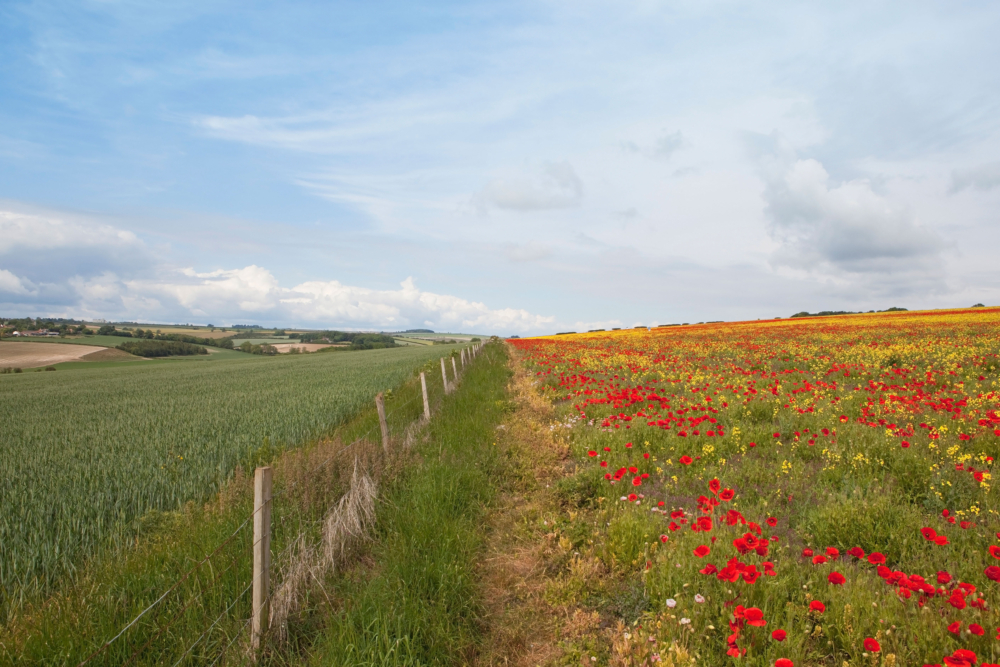


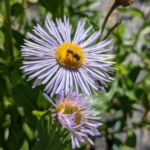
Applewood Seed Co. Announces Strategic Leadership Changes to Drive Business Growth
Applewood Seed Co., an employee-owned company, the leading supplier and wholesaler of open-pollinated flower seeds in the U.S., proudly announces two pivotal promotions within its leadership team. Mary Gomane has been promoted to Vice President of Sales & Production and Joe Eenigenburg has advanced to the role of Director of Sales & Marketing. These strategic […]
Using Flowers as Nature’s Solution to Water Conservation
In the realm of commercial landscaping, traditional turfgrass lawns still reign as the go-to for public and private projects. However in recent years, the practice of replacing turfgrass with flowers has steadily gained popularity, not only for the aesthetic appeal but specifically for the positive impact on water conservation and cost reduction.